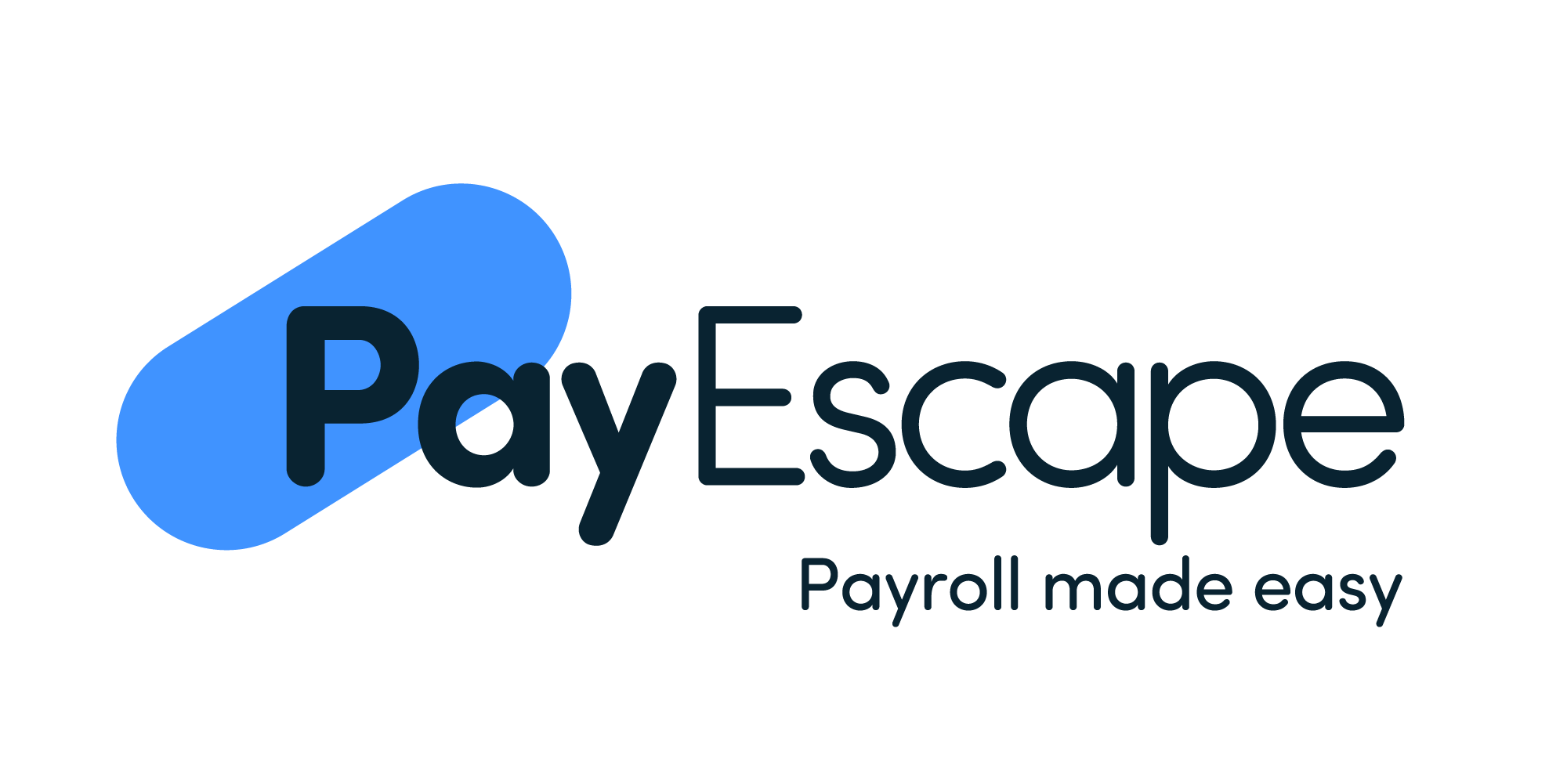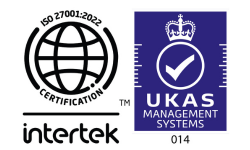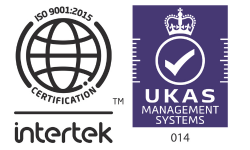Effective disciplinary procedures are essential when maintaining order and productivity within your business. As an employer, you need a clear and consistent approach to managing misconduct or poor performance to ensure fairness and compliance with HCMR standards. Below our HR experts have put together a detailed overview of disciplinary procedures for employers, outlining each step involved and how to apply them within the workplace.
How to Issue a Disciplinary Action

Issuing a disciplinary action should be a structured process that follows a formal procedure to ensure fairness. This begins with the identification of the problem. An employer must gather the necessary information, such as reports, performance data, or eyewitness accounts, to verify whether a disciplinary action is warranted. Before proceeding, it’s important to review the employee’s file and the company’s policies to ensure consistency in handling similar issues.
Once the facts are established, the employer should arrange a private meeting with the employee. In this meeting, the employer should clearly state the reasons for the disciplinary action, providing concrete examples of the issue at hand.
The employer must allow the employee to respond and explain their side of the story. This is an essential part of the procedure, as it demonstrates fairness and due process. If, after hearing the employee’s explanation, the employer decides to move forward with disciplinary action, they should issue a formal written warning or other appropriate action in line with their company policy.
It’s also important to outline expectations moving forward. The disciplinary action should include a clear description of the corrective measures the employee must take, a timeline for improvement, and any potential consequences for failing to meet these expectations.
What Is a Disciplinary Procedure?
A disciplinary procedure is a formal process that an employer follows when addressing issues of misconduct or performance. It ensures that both the employer and employee are treated fairly throughout the process. A well-structured disciplinary procedure typically includes several stages, starting with an informal warning and escalating to more formal actions if the issue persists.
The procedure should be transparent and consistently applied across all employees to avoid any perception of bias or unfair treatment. Employers should outline the steps in an employee handbook or code of conduct so that all employees understand what to expect if a disciplinary issue arises.
A typical disciplinary procedure involves:
- Informal discussion: This is the first step, aimed at resolving minor issues without the need for formal action.
- Written warning: If the informal approach does not resolve the issue, a formal warning is issued, which is recorded in the employee’s file.
- Final warning: If the problem continues, a final warning may be issued, often accompanied by the possibility of dismissal if there’s no improvement.
- Dismissal: In the case of gross misconduct or continued failure to improve, the final stage of the procedure may result in dismissal.
Following a clear and consistent process helps protect both the employer and employee, reducing the risk of claims for unfair treatment or dismissal. It’s crucial that the employer keeps a written record of all disciplinary meetings and actions. This documentation can be valuable if the employee challenges the decision.
Disciplinary vs Grievance Procedures
While disciplinary and grievance procedures are both used to resolve issues in the workplace, they are sometimes confused but are distinct processes with different purposes.
- Disciplinary procedure: Is initiated by the employer to address misconduct or poor performance by an employee. Its primary aim is to correct the issue, though it can ultimately result in dismissal if the problem is not resolved.
- Grievance procedure: Is initiated by the employee when they have a complaint about working conditions, treatment by their employer, or the actions of colleagues.
The goal of the grievance procedure is to resolve the employee’s complaint, often through mediation or an investigation.
Employers need to handle both processes carefully, ensuring they follow the correct procedures for each to maintain a fair and compliant workplace. Mixing the two can lead to confusion and potential legal challenges. It’s essential that employees feel confident in raising grievances without fear of retaliation, just as they should understand the consequences of misconduct or poor performance through the disciplinary process.
HR Disciplinary Procedures
Human Resources plays a big role in managing disciplinary procedures. HR ensures that all policies are followed correctly and that both the employer and employee are treated fairly during the process. HR professionals are responsible for advising managers on how to handle disciplinary actions and ensuring that the company complies with employment law.
HR should act as an impartial party during disciplinary proceedings. Their role includes ensuring that all steps are followed in line with the company’s policy, recording all interactions, and providing support to both parties. They may also facilitate disciplinary meetings, ensuring that the employee has the opportunity to present their side of the issue and that any mitigating circumstances are taken into account.
HR’s involvement is especially important when disciplinary actions escalate to formal stages, such as final warnings or dismissal. In such cases, HR must ensure that the process is legally sound to avoid claims of unfair dismissal or discrimination. Talk to a HR consultant today with PayEspcape to find out more information.
Code of Conduct and Disciplinary Procedures
A company’s code of conduct outlines the standards of behavior expected from employees and serves as a guideline for what constitutes acceptable and unacceptable behavior.
The code of conduct is closely tied to disciplinary procedures, as it provides the foundation for determining when an employee’s actions warrant disciplinary action.
The code of conduct should cover various aspects of workplace behaviour, including:
- Attendance and punctuality
- Workplace safety
- Respectful behaviour towards colleagues and customers
- Use of company resources
Compliance with company policies
When an employee violates the code of conduct, the disciplinary procedure is triggered. A well-drafted code of conduct ensures that employees know exactly what is expected of them and what the consequences are for failing to meet these expectations. It also helps employers to apply disciplinary actions consistently and fairly.
Guidelines for Disciplinary Procedure
To ensure a disciplinary procedure is both fair and legally compliant, employers should follow specific guidelines:
- Consistency: Apply the same standards to all employees, regardless of their position or tenure. Inconsistent disciplinary actions can lead to claims of discrimination or unfair treatment.
- Transparency: Employees must understand the disciplinary procedure and what is expected of them. The procedure should be clearly outlined in the employee handbook.
- Evidence-based: Any disciplinary action should be based on factual evidence. This could include witness statements, performance records, or documented instances of misconduct.
- Right to appeal: Employees should have the right to appeal a disciplinary decision. This adds an extra layer of fairness and allows the employee to challenge the decision if they believe it was unjust.
- Timeliness: Address issues as soon as they arise. Delayed disciplinary actions can be seen as unfair and may weaken the case for taking corrective action.
- Documentation: Keep a written record of all disciplinary actions, including meetings, decisions, and outcomes. This is essential in case the decision is challenged in the future.
HR Consulting Services
For many businesses, particularly smaller ones, managing disciplinary procedures can be a challenging time-consuming process. This is where HR consulting services come in. HR consultants can provide expert advice on handling disciplinary issues, ensuring that all actions are legally compliant and fair.
HR consultants can also assist in drafting company policies, including codes of conduct and disciplinary procedures. They provide support throughout the entire process, from the initial investigation of misconduct to managing appeals or dismissals. Book a free payroll and HR demo with PayEscape online and find out how our integrated software can help your business. Or contact our team to find out more about our HR Consultancy service.















